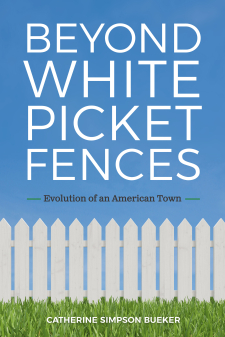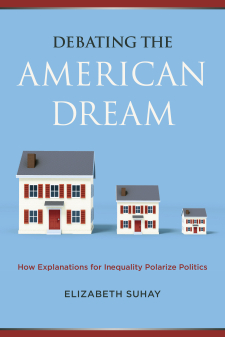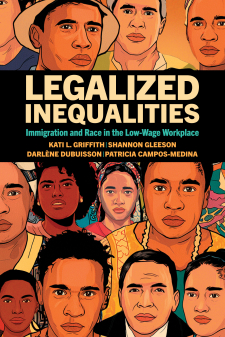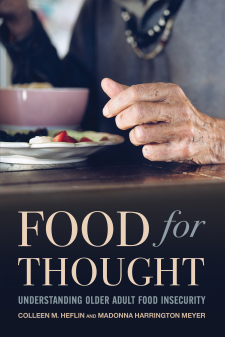Before and After COVID-19: The Well-Being of Racialized and Immigrant Chicagoans
The pandemic has wrought considerable hardship on racialized and immigrant groups. In Chicago, Black residents are dying of COVID-19 at five times the rate of Whites. Latinx groups have the highest rates of cases in Illinois, and Little Village—the Chicago neighborhood with the most cases is densely populated with many undocumented immigrants. While these groups have experienced very high rates of job loss, food insecurity, and inability to pay rent, many are excluded from government programs intended to ameliorate COVID-19’s effects. An interdisciplinary team led by social work researcher Marci Ybarra will investigate the lived experience of Chicagoans from marginalized communities to understand: 1) the pandemic’s impact on residents’ health and socioeconomic conditions; 2) their access to resources to mitigate the adverse impact of the pandemic through formal (government, community based organizations) and informal (social networks, mutual aid groups) channels; and 3) the effects of local, state, and federal government responses on the relationship between marginalized communities and the state. The researchers will analyze two waves of interviews of immigrant, Black, Latinx, and other marginalized people in Chicago collected up to 12 months prior to the onset of the pandemic and up to six months after.





